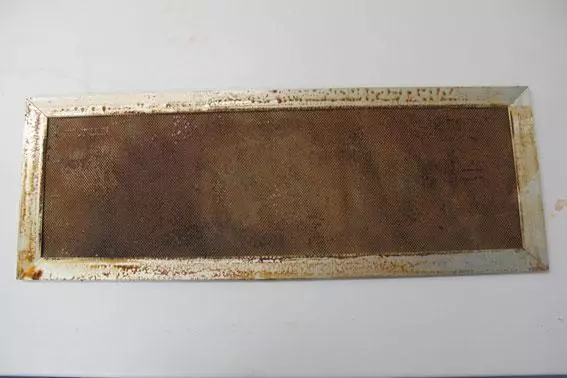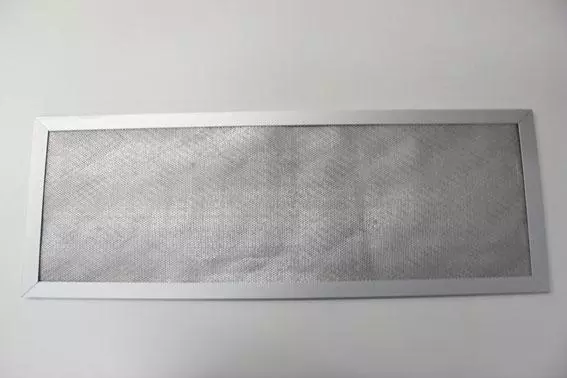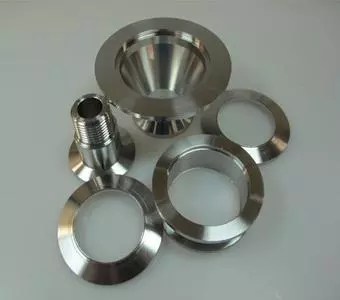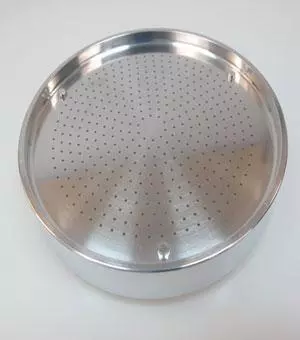Cleaning Aluminum with Ultrasonic Cleaning
Aluminum is a widely used material in various industries due to its high strength-to-weight ratio, durability, and excellent corrosion resistance. However, Aluminum components are susceptible to contamination, which can negatively impact their performance and lifespan. One of the most effective methods of cleaning Aluminum is ultrasonic cleaning. Ultrasonic cleaning is a technique that employs high-frequency sound waves to generate microscopic bubbles in a liquid through a process known as cavitation. These bubbles create a scrubbing action that helps to remove dirt, grime, and other contaminants from the surface of a material. The process is highly effective, efficient, and can be used on a variety of materials, including metals like Aluminum.
Aluminum is a reactive metal that is highly susceptible to corrosion. Corrosion occurs when the metal comes into contact with moisture, oxygen, or other chemicals, which causes the surface to deteriorate over time. Contaminants such as dirt, grease, and oils can also contribute to corrosion by creating a barrier between the metal and the surrounding environment, trapping moisture and other corrosive substances against the surface. Corrosion can significantly impact the performance and lifespan of Aluminum components, resulting in reduced efficiency, structural damage, and ultimately, failure. Therefore, it is essential to clean Aluminum components regularly to remove contaminants and prevent corrosion.
Aluminum components are essential to many industries, and keeping them clean is critical to their performance and lifespan. Ultrasonic cleaning is a highly effective and efficient method of cleaning Aluminum that offers numerous benefits. It is a gentle, fast, and cost-effective process that ensures Aluminum components are free from contaminants and corrosion, making them more efficient, durable, and long-lasting. Therefore, ultrasonic cleaning should be considered a necessary process for industries that rely on Aluminum components to ensure their equipment operates at peak performance.
Customers Criteria: Free from all contamination
Component: Mesh filters
Material: Aluminum & Steel
Contamination prior to cleaning: Solder paste
Total number off: 2
Number off per run: 1
The cleaning of metal components is a critical process to ensure the proper functioning and longevity of the finished product. Contamination on metal surfaces can cause corrosion, reduce the efficiency of the component and, in extreme cases, result in component failure. In this case study, we will demonstrate the effectiveness of using an ultrasonic cleaner to clean Aluminum mesh filters contaminated with solder paste.
The customer's requirement was to have the mesh filters free from all contamination. The mesh filters were made of both Aluminum and steel, and the contamination prior to cleaning was solder paste. The total number of filters to be cleaned was two, with one filter being cleaned per run.
To clean the Aluminum mesh filters, a Versa 120 ultrasonic cleaner was used along with the 'Type 02' cleaning agent. The cleaning process was carried out at a temperature of 50°C with a concentration of 5%. The filters were cleaned for a total time of 10 minutes in the ultrasonic cleaner. Once the cleaning was complete, the filters were rinsed in de-ionized water at a temperature of 50°C with 100% concentration in the Versa 120 Rinse unit. Finally, the filters were dried in a hot air dryer unit at a temperature of 60°C for a total of 10 minutes. Testing Procedure
To ensure the effectiveness of the cleaning process, one filter was cleaned standing up in a 12 litre tank. The initial results of the test were positive, and the process was scaled up to clean both filters. After the cleaning was complete, the filters were rinsed in tap water without sonics to neutralize and remove any remaining debris.
The cleaning process was successful in removing the solder paste contamination without damaging the Aluminum mesh filters. The level of contamination removed was high, and filtration is advised to ensure the filters remain clean. Overall, the use of an ultrasonic cleaner along with the 'Type 02' cleaning agent proved to be an effective method of cleaning Aluminum mesh filters contaminated with solder paste.
| Ultrasonic Cleaner | Cleaning Agent | Temperature(s) | Concentration |
|---|---|---|---|
| Versa 120 Wash | Type 02 | 50°C | 5% |
| Versa 120 Rinse | De-ionized water | 50°C | 100% |
| Versa 120 Dryer | N/A | 60°C | N/A |
Before cleaning Aluminum

After cleaning Aluminum

Customers Criteria: Free from all contamination
Component: Tooling
Material: Aluminum / Stainless steel
Contamination prior to cleaning: Machining oils/Coolant
Total number off: 5
Number off per run: 1-6
| Ultrasonic Cleaner | Cleaning Agent | Temperature(s) | Concentration |
|---|---|---|---|
| Kemet 30 | Type N | 40°C | 15% |
| Kemet 30 | De-ionized water | 50°C | 100% |
| Versa 120 Dryer | N/A | 60°C | N/A |
Process for cleaning Aluminum:
When it comes to cleaning tooling components, especially those made of Aluminum or stainless steel, it is important to ensure that they are free from all forms of contamination before they are put to use. The primary contaminants in question are machining oils and coolant, which are known to accumulate on the surfaces of these materials during the manufacturing process. In order to remove these contaminants, a reliable cleaning method is required. Ultrasonic cleaning technology has proven to be effective for cleaning tooling components, but the process must be carried out with the correct parameters in order to avoid cavitation erosion.
The process involves the use of an ultrasonic cleaner, a cleaning agent, and a dryer. The ultrasonic cleaner generates high-frequency sound waves that create millions of microscopic bubbles in the cleaning solution, which in turn create a powerful scrubbing action that removes contaminants from the surface of the components. The cleaning agent of choice is 'Type N', which is used at a concentration of 15% depending on the size and type of the component being cleaned. The cleaning process involves immersing the component in the cleaning solution for a cycle time of 5-10 minutes. After the wash cycle, the component is rinsed in a standalone tank filled with deionized water for 2 minutes. Finally, the component is dried using a Versa 120 dryer with a temperature setting of 60°C for a cycle time of 5 minutes. It is important to note that the parameters used during the cleaning process play a crucial role in preventing cavitation erosion. The recommended ultrasonic frequency is 40 kHz, which generates a finer implosion that reduces the potential of cavitation erosion. Additionally, keeping the cleaning agent concentration at 10% is also helpful in avoiding cavitation erosion.

Customers Criteria: Free from all contamination
Material: Aluminum
Contamination prior to cleaning: Machining oils, finer prints
Total number off: 4
Number off per run: 1-6
| Ultrasonic Cleaner | Cleaning Agent | Temperature(s) | Concentration |
|---|---|---|---|
| Kemet 30 | Type N | 40°C | 15% |
| Kemet 30 | De-ionized water | 55°C | 100% |
| Versa 120 Dryer | N/A | 65°C | N/A |
The 'Type N' was used to clean the parts, which were subjected to a 10-minute cycle in the ultrasonic cleaner. Following this, the parts were rinsed in a separate tank filled with deionized water, without the use of Sonics, for a period of 2 minutes. The parts were then dried at a temperature of 65°C for 5 minutes before being inspected. Each part was cleaned individually.

